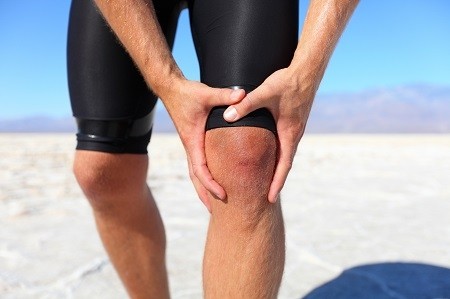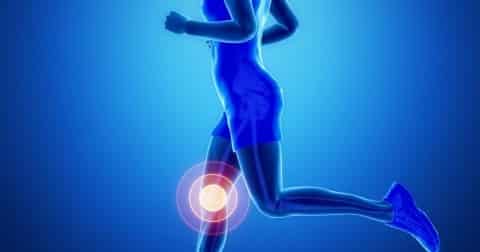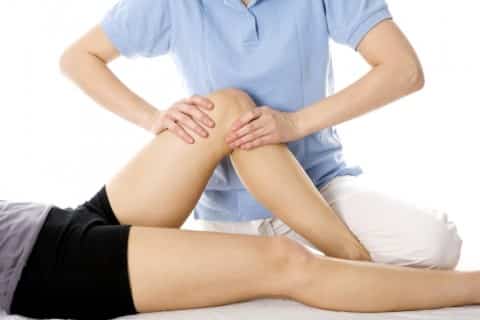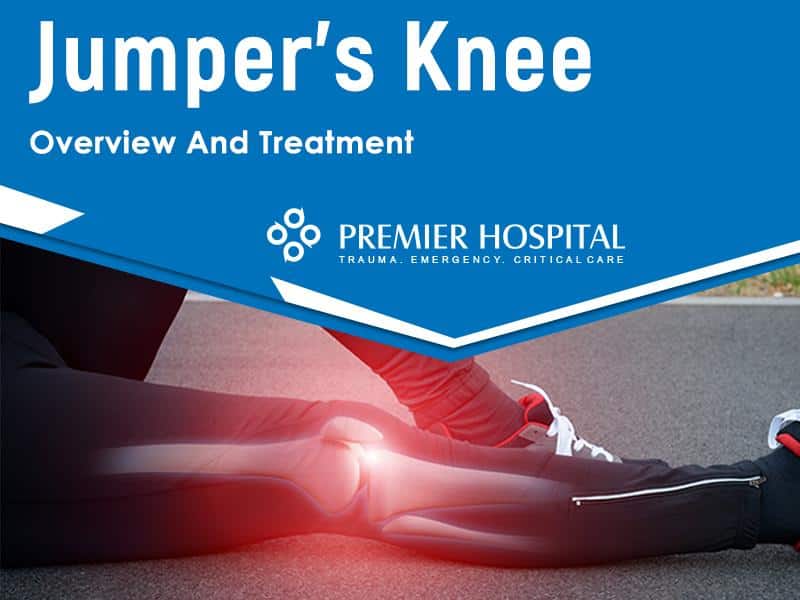Jumper’s Knee: Overview And Treatment
by Premier Hospitals | December 15, 2018 |
A jumper’s knee or a jumper’s knee injury is an injury in the patellar tendon. Tendons are strong cords that attach your muscles to your bones. A patellar tendon attaches the front muscles of your thighs to the bones and help in straightening your leg.

It’s called a jumper’s knee injury because you can get it if you jump excessively for an extended period of time. It is a common form of injury in sportspersons. Don’t worry, your kid probably won’t get it just because he or she jumps a lot on the couch. But, if he or she falls down on their knees heavily, there is a chance of injuring the patellar tendon.
When you have a jumper’s knee injury, the tendon tears either partially or entirely. Even a minor tear can make movement very difficult and painful. If left untreated, it will advance to total breakage and disable the function of the leg.
Causes of Jumpers Knee
It’s not a new thing that we use that a brand’s name for the product - Xerox for photocopy, Milton for a water bottle, or even Surf for detergent. Apparently, this is a thing in the medical sphere also. A Dancer’s Hip is not a hip of a dancer and a Jumper’s Knee is not a knee of a jumper. These are injuries - again, needless to say, not specifically of a dancer or of an athlete but are most suffered by them.

A Jumper’s Knee is an injury in your knee, more specifically, in a tendon inside your knee. The patellar tendon attaches you're the bottom of the kneecap to the top of the shinbone. An injured patellar tendon is called patellar tendinitis or a Jumper’s Knee.
So, what injuries the tendon? Let’s read about the causes of Jumper’s Knee.
The main cause of Jumper’s Knee is overuse. Physical activities in the form of running, jumping or participating in other athletic events might overwork your knee and stress the patellar tendon causing it to wear off. This is one of the causes of Jumper’s Knee.
A strong blow or collision in the knee might cause the tendon to snap, acting as one of the causes of Jumper’s Knee.
One of the causes of Jumper’s Knee is sudden overusing your knees as compared to other body parts.
Rheumatoid or other forms of arthritis might cause the tendon to weaken quicker, making it one of the many causes of Jumper’s Knee.
Misuse of drugs and steroids might also be a cause of Jumper’s Knee.
How can you know if you have a Jumper’s Knee?
The symptoms of Jumper’s Knee are not very subtle. If you have an injury, you can easily see and feel the symptoms of Jumper’s Knee. Here are the most common symptoms of Jumper’s Knee.
Constant pain in the lower end of the knee
Pain after performing some physical activity
Difficulty in movements due to pain or weakness
Gradually increasing pain
The intensity of the pain varies based on the extent of the damage. It can range between a mild progressive pain to excruciating pain. Additionally, other symptoms like redness, swelling, etc can also be seen.

It’s not just the pain; Jumper’s Knee is also a progressive injury. If left untreated, it might lead to irreparable damage! So, if you have any pain in your knee, rush to the doctor immediately.
What are your options if you get a jumper’s knee injury?
A jumper’s knee injury is generally very painful. So, the first treatment of jumper’s knee will be to manage the pain and prevent or control the swelling. Pain medications are used for pain. The swelling can be treated with the R.I.C.E. method (rest, ice, compression, elevation).
Non-surgical treatment of jumper’s knee:
Minor tear in the tendon can be attempted to treat non-surgically.
Immobilizing: A very common way to treat minor injuries is to immobilise the area so that movement does not interfere in the natural healing process. A brace or an athletic tape may also be used to reduce pressure on the area during movement.
Medication: Certain non-inflammatory medications, painkillers may help you to manage the discomfort during the process of healing.
Platelet-rich plasma therapy (PRP): In PRP, the injured area is injected with more plasma-rich blood from your own body. This speeds up the healing process.
Shock therapy: Treatment of jumper’s knee can also be done by shock therapy where electric impulses sent to the muscle tissue to accelerate the healing process.
Thermal Therapy: Heat and Cold are applied to the injured are alternately to heat up the tendon from inside. This helps in faster healing.
Physiotherapy: A physiotherapist will ask you to do certain exercises to strengthen the muscles of the knee.

Surgical treatment of jumper’s knee:
If you have a big tear or if your tendon has totally broken apart, you might have to go for a surgery.
For the surgery, the surgeon will make small incisions on your knee through which they will insert a camera to monitor the surgery and other medical tools. First, the damaged tissue is removed and then the broken part is realigned.
The success rate of the surgery is up to 80%.
So, if you have a Jumper’s Knee injury, do not panic. Consult your doctor and he or she will be able to guide you on choosing the right treatment option.
About The Doctor:

Dr Ayub Sabre is an experienced and fellowship trained Orthopaedic Surgeon with a special interest in Complex trauma, Spine, Replacement surgery and Minimally Invasive surgeries. He completed his medical education from Kurnool Medical College and a Postgraduate (DNB Orthopedics) from prestigious St. Martha’s Hospital, Bangalore in 2006.
At Premier Hospital, Dr Ayub Sabre has been a dedicated presence for the last 7 years, performing multiple complex surgeries with good outcome maintaining, excellent rapport with patients and attendants.
About The Hospital:
Since the inception of Premier Hospital in 1991 till today, we have grown to unprecedented levels, due to our excellence in medical sciences and healthcare. Premier Hospital is the creation of Dr Mahesh Marda and when it was first established, was only a small, 30-bed hospital facility. Back then, we provided only secondary care to patients, but that certainly has changed in the present landscape.





